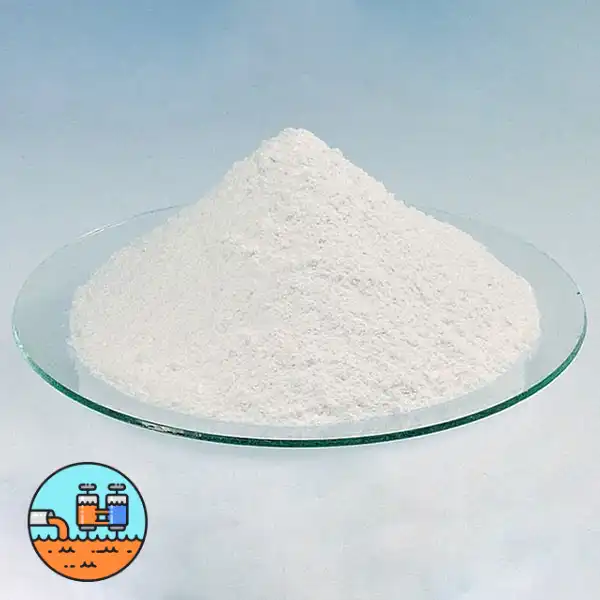Hebei Messi Biology Co., Ltd. stated that magnesium hydroxide has the characteristics of flame retardancy, smoke suppression, drip resistance, safety, etc., has good thermal stability, decomposition temperature as high as 340~490℃, small particle size, can meet the mixing and processing of many plastics, and is an emerging environmentally friendly green flame retardant in recent years.
Nano magnesium hydroxide is in a thermodynamically unstable state due to its small particle size and high surface energy, and is prone to aggregation and agglomeration during preparation and application. At the same time, the surface of magnesium hydroxide has hydrophilic and oleophobic properties, while the polymer material matrix is lipophilic and hydrophobic. The incompatibility of the two will cause the dispersion of magnesium hydroxide in the material to deteriorate. Uneven dispersion will lead to premature combustion in areas with low magnesium hydroxide loading, and the flame retardant efficiency will be reduced; in areas where too much magnesium hydroxide is added, it is difficult for inorganic particles to be evenly dispersed in the polymer matrix, which will seriously reduce the mechanical properties of the polymer material. Therefore, the nano-sizing and modification of magnesium hydroxide becomes the key to overcome these problems, while reducing the amount of flame retardant filling and improving its compatibility in polymer materials, thereby achieving the effect of improving the mechanical properties and flame retardant properties of the material.

Traditional modification methods mainly include surfactant method, coupling agent method, and microencapsulation method. According to the difference in its stability in water, the modification methods are divided into dry method and wet method. Magnesium hydroxide has poor compatibility in polymers. Surface modification treatment with different modifiers can improve its dispersibility in the polymer matrix and improve the performance of the composite material.
Using a new nano-polyacrylate emulsion as a modifier, the surface modification of nano magnesium hydroxide was studied. The structure and properties of modified nano magnesium hydroxide were studied by means of activation index test, contact angle test, infrared spectrum analysis and thermogravimetric analysis. The results showed that:
(1) The activation index characterization results showed that the modification effect was best when the new nano polyacrylate emulsion was used as a modifier and the addition amount was 0.6;
(2) The infrared spectrum analysis results showed that the polyacrylate had been adsorbed on the surface of nano magnesium hydroxide particles through the modification of the new nano polyacrylate emulsion;
(3) The contact angle test results showed that the surface properties of nano magnesium hydroxide modified by the new nano polyacrylate emulsion changed from hydrophilic and oleophobic to lipophilic and hydrophobic, enabling it to be better dispersed in non-polar media;
(4) The thermogravimetric analysis results showed that the modified nano magnesium hydroxide did not affect its thermal stability. On the contrary, its initial thermal decomposition temperature was higher than that of the unmodified nano magnesium hydroxide. The residual mass ratio showed that the modified polyacrylate had been adsorbed on the surface of the nano magnesium hydroxide particles, which was consistent with the infrared spectrum characterization results.
(5) The modification effects of other traditional silane coupling agents on nano-magnesium hydroxide were compared. The results showed that the dispersibility and hydrophobicity and lipophilicity of nano-magnesium hydroxide modified with the new polyacrylate microemulsion were better than those of the traditional silane coupling agents.
